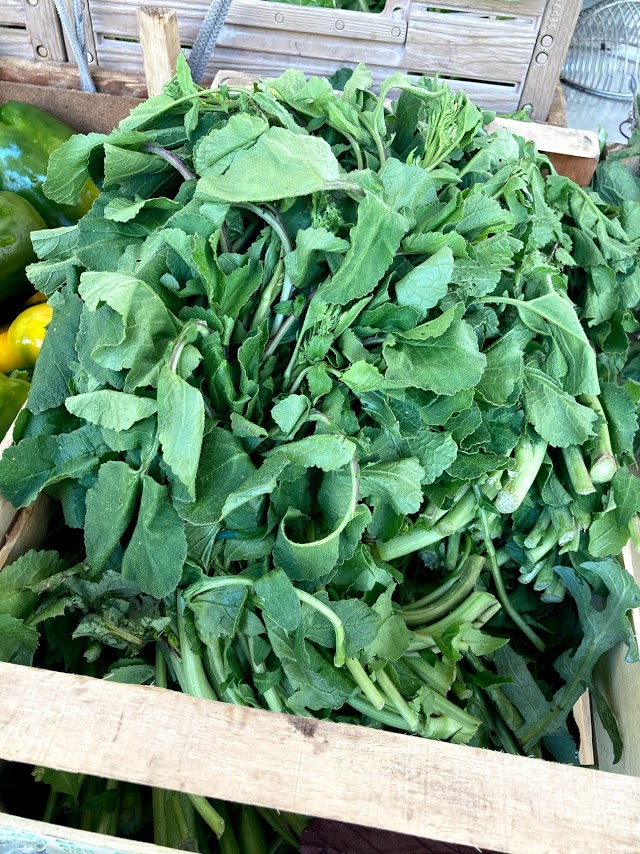
In almost all cooking or travel shows about Rome, “cucina povera” — the poor kitchen, is featured with the host shown noshing at the offal of some animal. Invariably, they will also mention the fifth quarter, the quinto quarto, which is what is left after the other parts were shared between the nobles, clergy, bourgeoisie, and military.

What if you were vegetarian? I’m being facetious, because if you are poor, you eat what you can. Most poor people, through history, have been vegetarian. On a side note, the pig is the only barnyard animal that is worth more when dead. Most animals are worth more for their eggs, milk, wool, etc.

Italians have been poor for most of their history (from long before there was a nation called Italy — created in 1861) and their cuisine has grown from necessity. As recently as a few generations ago, there were times of famine. Eating offal such as heart, tripe, and other organ meat, would have been rare. The daily food would have been vegetables, bread, pasta, and legumes, such as wild greens and beans. Even today, there are dishes such as puree of fava beans served with chicory greens. Vegetables that would be considered weeds are normal food in Italy. Dandelion and other wild greens that are now on Michelin star menus have been normal food here for centuries. Things like beet tops/greens which would be animal feed in other countries, is normal human fodder.

Parmesan cheese has over thirty percent protein so it is considered a good source of protein when meat is not available. It is called “the poor man’s meat” or was, but it certainly is not for the poor anymore. Meat is cheaper. There are even recipes that call for toasted breadcrumbs — this was if you could not even afford cheese.

I recently discovered another frugal use of dairy. Ricotta is made from the whey leftover from the making of cheese. In Puglia, they take the ricotta and let it ferment to become “Ricotta Forte” a strong cream cheese product that is picante because its sourness will bite you in the back of the throat. I have not asked but it’s probably “good for you” which normally means they need to convince you to eat it…
Fortunately, there is olive oil. Even the poor can afford it. Italy was a mostly agricultural society and even today there are many small farmers. Many big city families still own an olive tree orchard and produce their own olive oil each year.
Today is mother’s day in Italy, but really, every day is mother’s day in Italy. While men are often the famous chefs, it’s the mothers who do the majority of the cooking. They can even turn weeds into comfort food.
